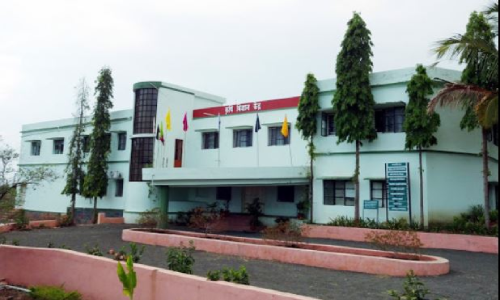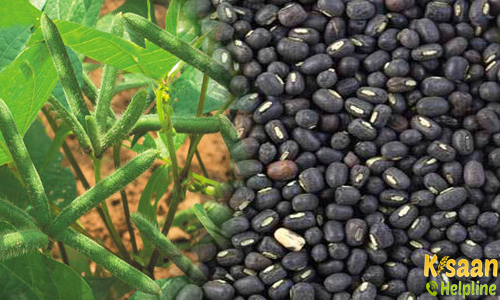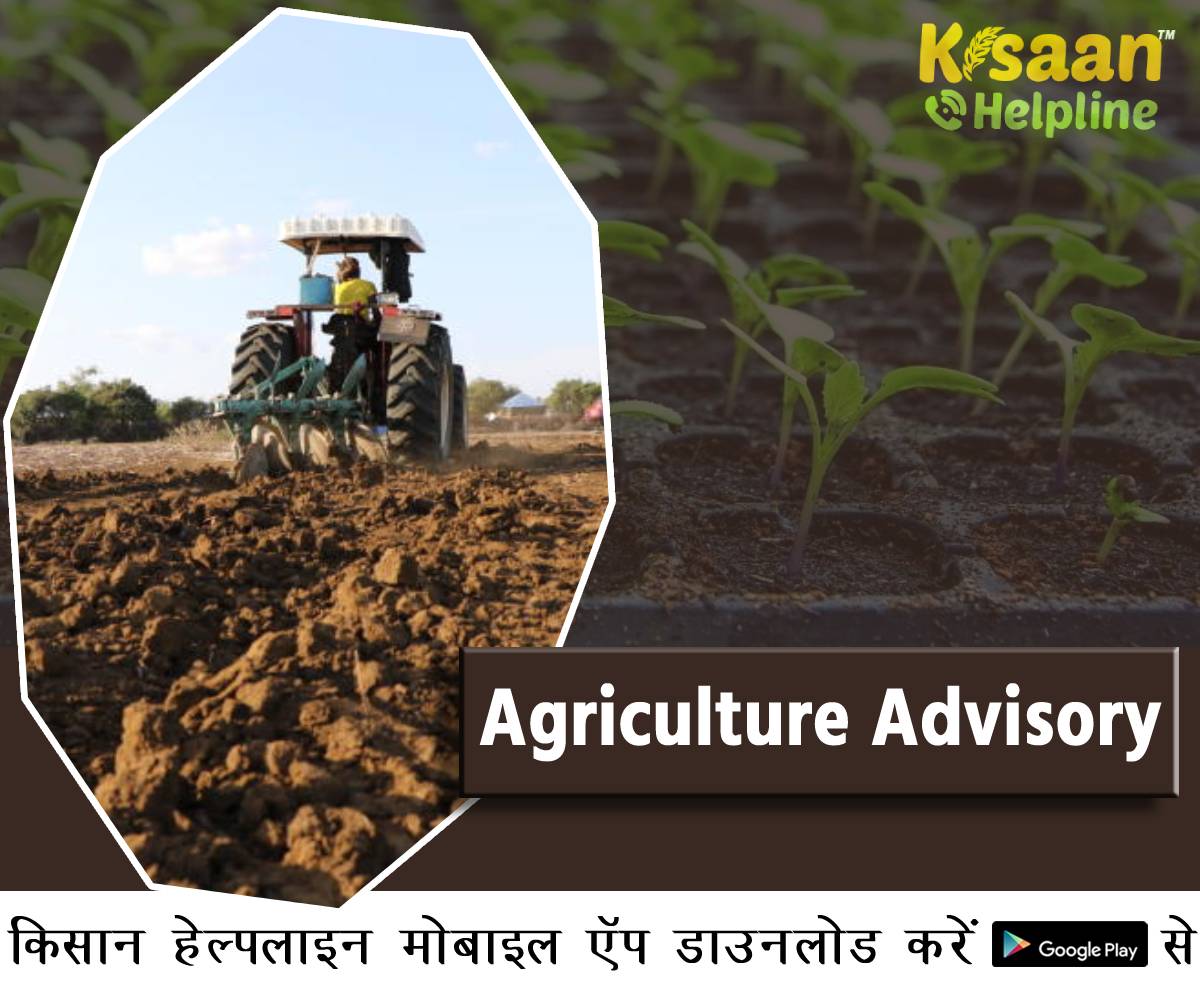Speciality:
The Krishi Vigyan Kendra, Dist. Beed (M.S.) was established in 1992 by Indian Council of Agricultural Research, New Delhi and is run by Deendayal Research Institute, N. Delhi. The Institute founded in 1968 by Hon. Shri. Nanaji Deshmukh, a veteran social worker, working for socio-economic uplift of downtrodden through self employment, health, education and moral behavior in various parts of the country. The institute has its head quarter in Chitrakoot (U.P.) there are various projects which have been torch bearers in their own way in various aspects of human life. The Ashram Shalas, Arogyadham, Udyamita Vidyapeeth, Krishi Vigyan Kendras, Swavalamban Abhiyan are few of them. These are the models replicable in any part of the country.
Official Website: http://www.drikvkbeed.org/
MISSION OF INSTITUTE
We do not stand for ourselves but for our kith and kin; our kith and kin are those who are oppressed and neglected.
PURPOSE
To bring about total transformation and development of society through designing and implementing a framework to achieve and sustain self-reliance in villages through the initiative, involvement and empowerment of the villagers with replicable, definable and tangible parameters. With above purpose the KVK has implemented all the mandatory activities like skill oriented short and long durational programme for farming community, front line demonstration, on farm trials & other extension activities.
Mandates of the KVK:-
- On-Farm Testing to identify the location specificity of agricultural technologies under various farming systems.
- Organize front-line demonstrations to establish production potential of technologies on the farmer's fields.
- Training of farmers to update their knowledge and skills on modern agricultural technology and extension personnel to orient them in the frontier areas of technology.
- To work as Knowledge and Resource Center of agricultural technology for supporting initiatives of public, private and voluntary sector for improving the agriculture economy of the district.
Beed Mandi Rates
Mandi not found....
.png)
बीड जिले में सीताफल को एक जिला एक उत्पाद योजना के तहत चयनित किया गया।
बीड कस्टर्ड सेब को भारत में सीताफल के नाम से भी जाना जाता है, बेडड कस्टर्ड सेब महाराष्ट्र के बीड जिले में अच्छी तरह से बढ़ता है। यह सबसे प्रसिद्ध भारतीय फलों में से एक है जिसकी भारी मांग है भारतीय बजारो में |
बीड का सबसे प्रसिद्ध फल, स्वादिष्ट मीठा सीताफल सूखे बालाघाट रेंज में चार शताब्दियों से अधिक समय से फल-फूल रहा है। इस जैविक रूप से उगाए गए फल का नाम सीता माता के नाम पर रखा गया है जो अपने वनवास के दौरान इस फल को खाती थीं। सीताफल का नाम संस्कृत के शब्द ओटा से लिया गया है जिसका अर्थ है ठंडा और फला जिसका अर्थ है फल और कस्टर्ड सेब मानव शरीर पर शीतलन प्रभाव के लिए जाना जाता है।
शोध रिकॉर्ड बताते हैं कि कस्टर्ड सेब को पुर्तगालियों द्वारा 16वीं शताब्दी में पेश किया गया था जहां यह दक्कन के पठार में फला-फूला। बीड जिला दक्कन के पठार में स्थित है और कस्टर्ड सेब बीड जिले में 700 हेक्टेयर से अधिक और महाराष्ट्र में 7000 हेक्टेयर से अधिक में उगाया जाता है। बीड जिले के मुख्य क्षेत्र कैज, धारूर, मंजरसुम्बा, अंबाजोगई और बालाघाट रेंज हैं। चूंकि महाराष्ट्र देश में सबसे अधिक उत्पादक है, फल के लिए दैनिक बाजार दर मुख्य रूप से उनके उत्पादन पर तय होती है। यह फल मुंबई, पुणे, हैदराबाद, विजयवाड़ा, बेंगलुरु और दिल्ली के बाजारों में बेचा जाता है।
पानी की कमी, कम वर्षा और तराई की मिट्टी होने के बावजूद सीताफल बालाघाट के जंगल और उसके चट्टानी इलाके में जंगली में उगता है। विशेष रूप से धारूर, अंबाजोगाई और आष्टी में बालाघाट रेंज की उथली अच्छी जल निकासी वाली चट्टानी इलाके में उच्च पोटेशियम सामग्री और सूक्ष्म पोषक तत्व इसके अनूठे स्वाद के लिए मुख्य रूप से जिम्मेदार हैं।
यह बारहमासी पौधा दो साल में 3-4 मीटर की ऊंचाई तक बढ़ता है और इसकी औसत उम्र 25 साल होती है। कस्टर्ड सेब की कटाई बहुत सावधानी से की जाती है क्योंकि यह एक नाजुक फल है। 5 वर्षों के बाद प्रति पेड़ फलों की औसत उपज लगभग 15 किग्रा है जो धीरे-धीरे 50 किग्रा तक बढ़ जाती है।
कस्टर्ड सेब की इस प्राकृतिक रूप से उगाई जाने वाली बालानगर किस्म में उच्च टीएसएस (24.490 ब्रिक्स), कुल चीनी (20.12%) और चीनी की मात्रा कम करने वाली अन्य किस्मों की तुलना में (17.97%) होती है, जिसमें चीनी की मात्रा कम होती है - मैमथ (16.6%) और वाशिंगटन ( 15.7%)।
बीड कस्टर्ड सेब में विशिष्ट भौतिक विशेषताएं होती हैं जैसे एक पूर्ण गोल आकार, आकर्षक हरा बाहरी फल रंग, सुखद बनावट और स्वाद, मलाईदार सफेद या पीले रंग जब परिपक्व, वजनदार और गूदेदार रसदार फल जो कि मलाईदार सफेद रंग और मांसल होता है। बीड कस्टर्ड सेब में बीज की संख्या कम और 47.44% गूदा होता है जो कि मैमथ (44.5%) और वाशिंगटन (38.1%) जैसी अन्य किस्मों की तुलना में बहुत अधिक है।
बीड सीताफल कार्बोहाइड्रेट, प्रोटीन, एंटीऑक्सिडेंट, पोटेशियम, मैग्नीशियम और तांबे से भरपूर एक अत्यधिक पोषक फल है और अपच को भी ठीक करता है। चूंकि कस्टर्ड सेब कटाई के बाद 24 घंटे के औसत शैल्फ जीवन के साथ अत्यधिक खराब होता है, इसलिए किसानों ने अब कस्टर्ड सेब के गूदे का भंडारण करना शुरू कर दिया है ताकि कस्टर्ड सेब पाउडर, पेय पदार्थ और आइसक्रीम का प्रसंस्करण शुरू किया जा सके।
धारूर कस्टर्ड सेब के गूदे का उपयोग बासुंडी, रबड़ी, जैम और जेली जैसी मिठाइयों में किया जाता है। इस रोग प्रतिरोधी किस्म की घरेलू और अंतरराष्ट्रीय मांग अच्छी है। बीड कस्टर्ड सेब को 2016 में भौगोलिक संकेत टैग (जीआई) प्रदान किया गया था।





.jpg)
